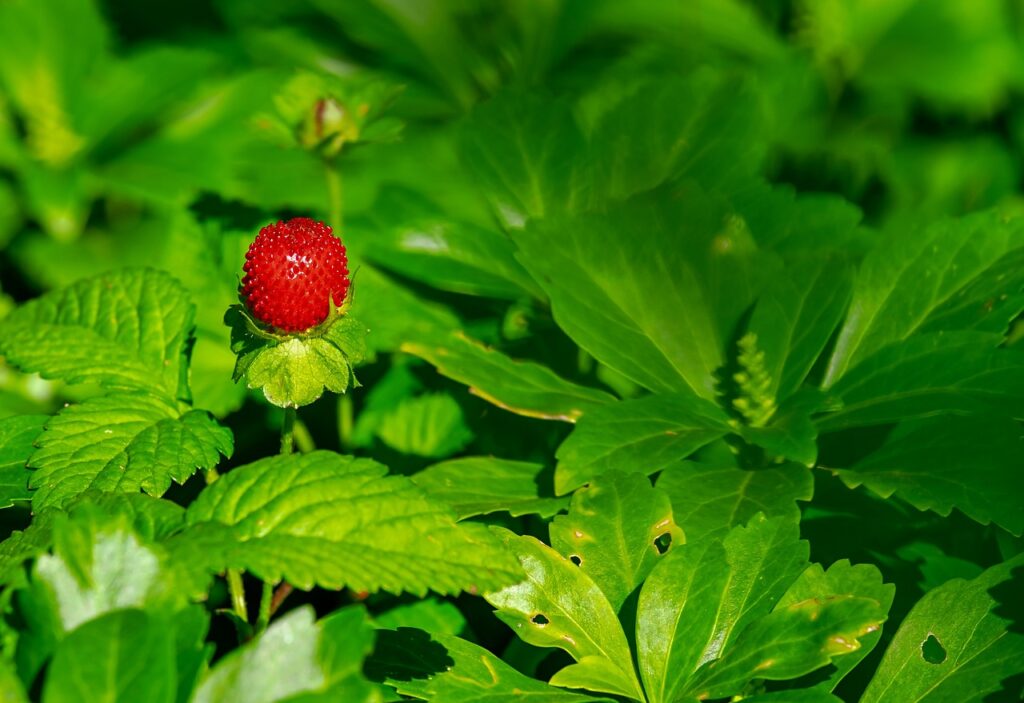Vertical vegetable gardening has gained immense popularity in recent years, offering a space-saving and efficient solution for urban dwellers and those with limited outdoor space.
This innovative approach to gardening not only maximizes the available area but also provides better air circulation, easier harvesting, and, in some cases, increased yields.
In this essay, we will explore nine vegetable plants that are well-suited for growing in a vertical garden.
Tomatoes:
These versatile and beloved fruits (botanically speaking) are an excellent choice for vertical vegetable gardening.
Tomato plants have a vining growth habit, making them perfect for training up a trellis or cage.
By growing them vertically, you can maximize space while ensuring proper air circulation and preventing the fruits from resting on the ground, which can lead to rot and disease.
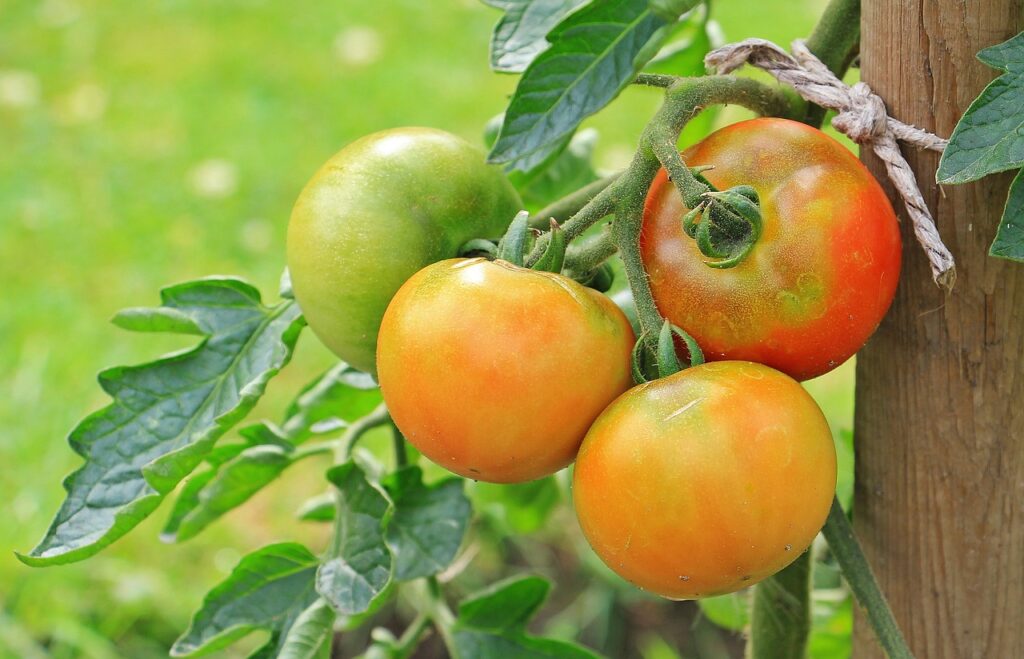
Peas:
Whether you prefer the sweet flavor of sugar snap peas or the crisp texture of snow peas, these climbing legumes are ideally suited for vertical vegetable gardens.
Their tendrils allow them to grip onto trellises or netting, making vertical support structures a must for their growth.
Additionally, growing peas vertically facilitates easier harvesting and prevents the plants from sprawling across the ground.
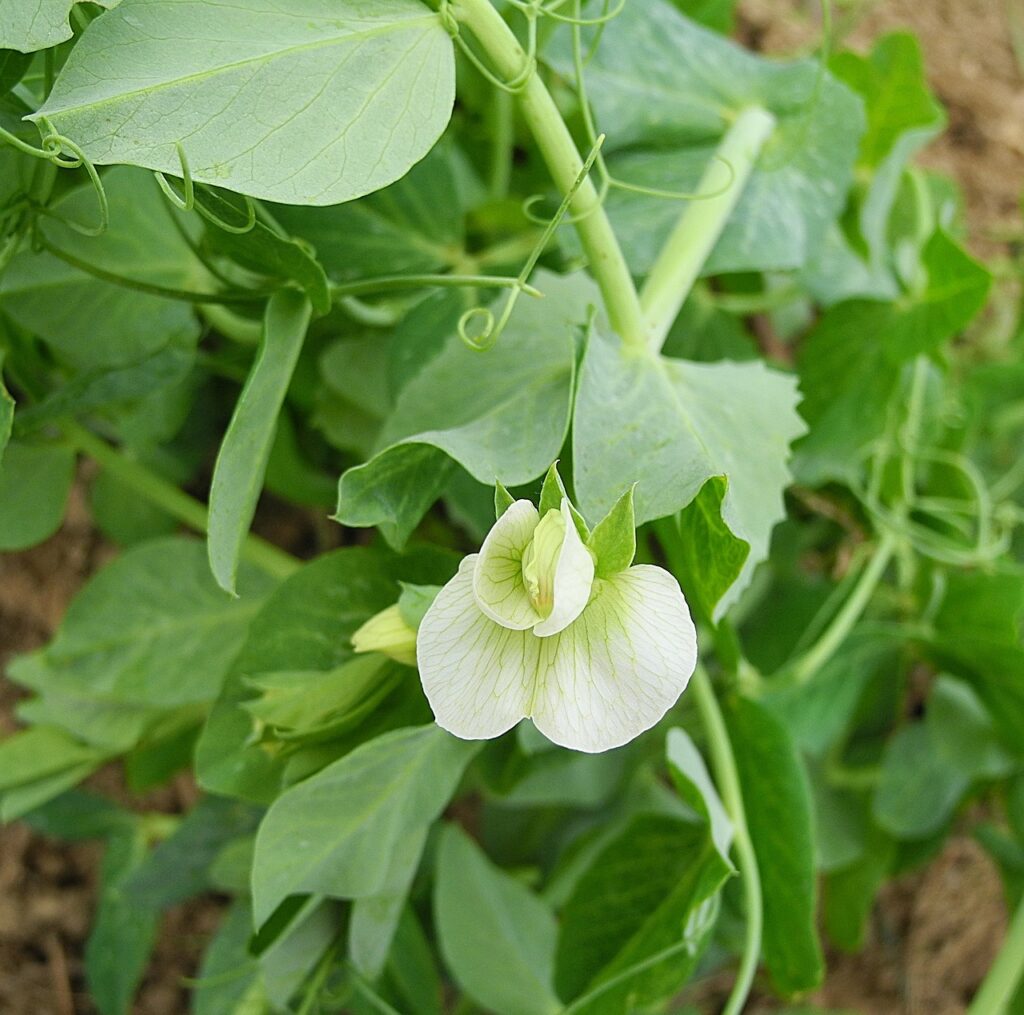
Cucumbers:
Known for their refreshing crunch and versatility in the kitchen, cucumbers are another excellent candidate for vertical vegetable gardening.
These vining plants can be trained to grow up in a trellis or cage, ensuring that the fruits hang freely and develop properly.
Vertical growth also helps to prevent soil-borne diseases and pests from affecting the plants.
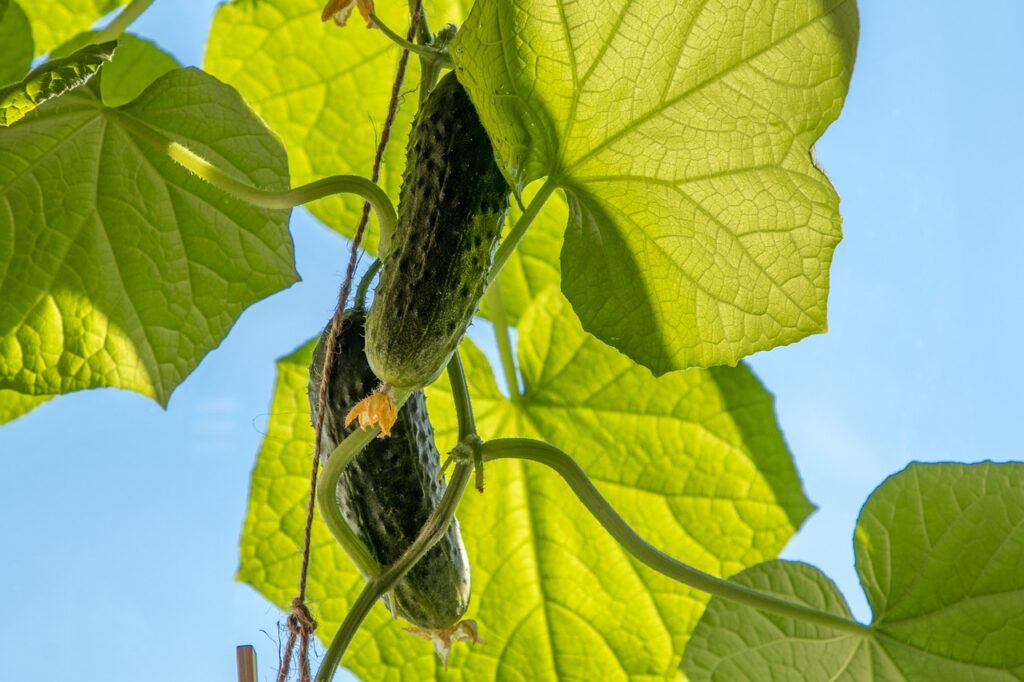
Beans:
Whether you prefer green beans, runner beans, or pole beans, these legumes are perfectly suited for vertical growth.
Their vining nature allows them to climb up trellises or poles, maximizing the use of vertical space while keeping the plants off the ground.
Additionally, vertical growth facilitates better air circulation and easier harvesting.
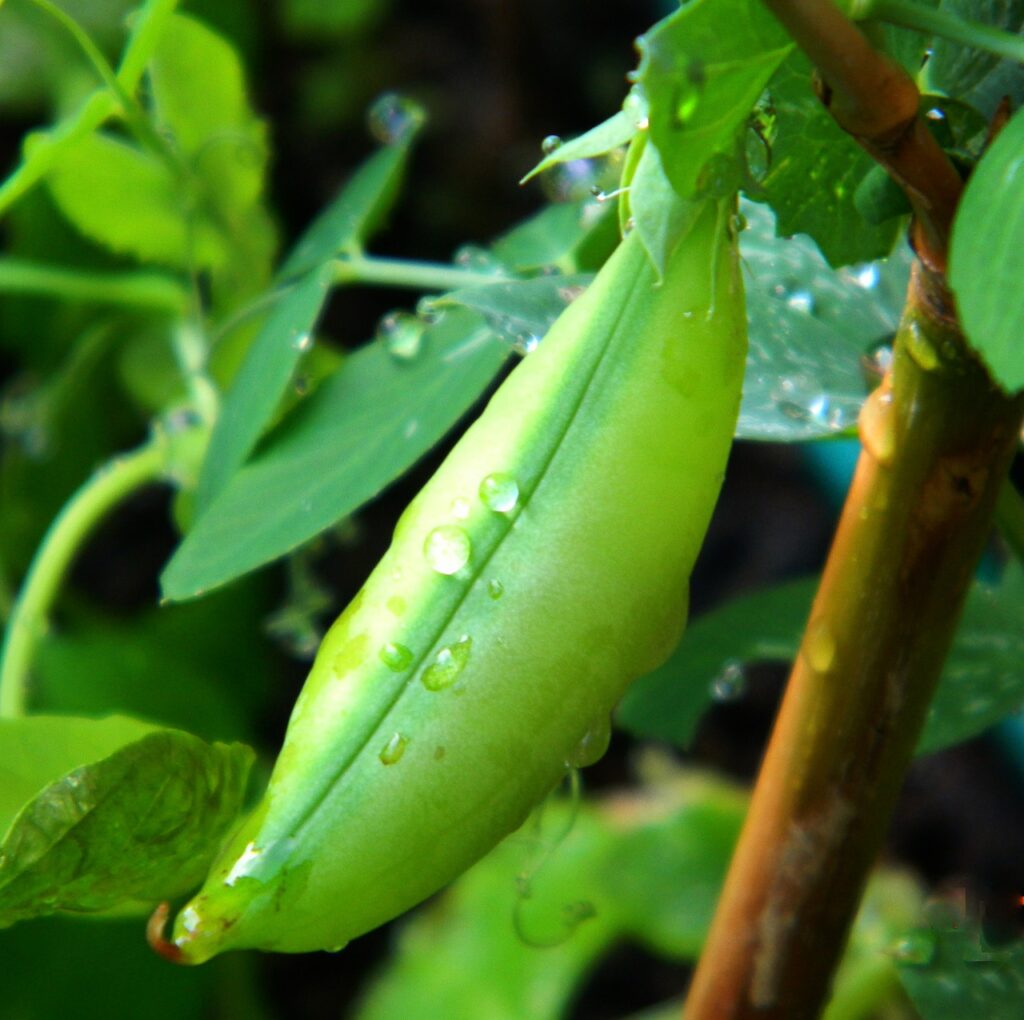
Zucchini:
While often grown on the ground, zucchini plants can also thrive in a vertical vegetable garden setup.
By training the vining stems to grow up in a trellis or cage, you can prevent the fruits from resting on the soil, which can lead to rot and insect problems.
Vertical growth also allows for better air circulation and easier harvesting without excessive bending.
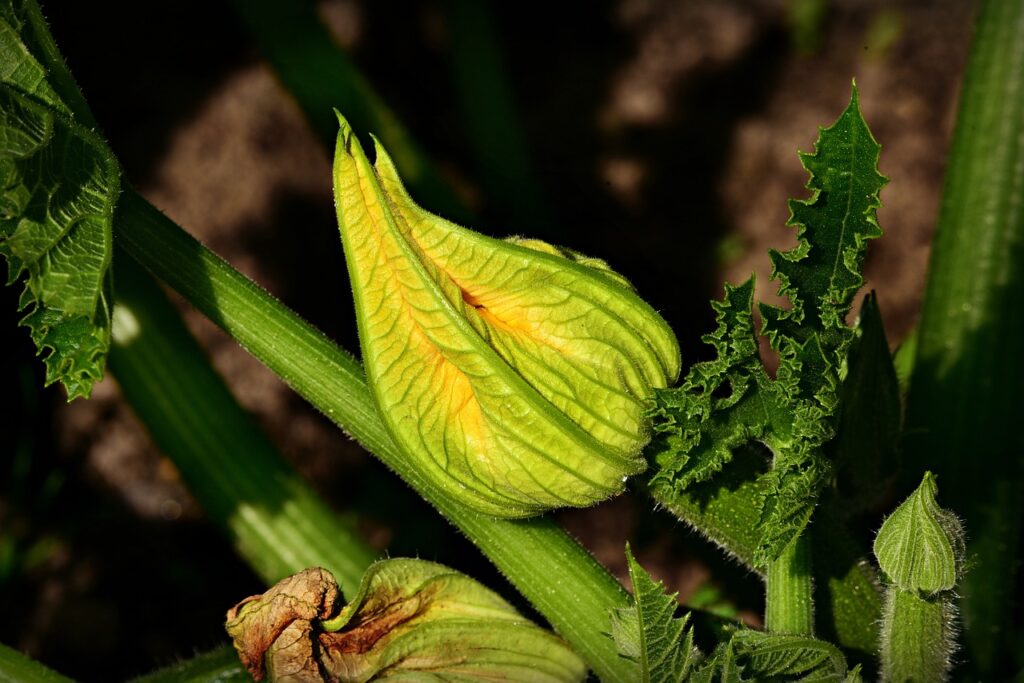
Squash:
Similar to zucchini, squash plants can benefit from vertical growth.
By providing a sturdy trellis or cage, you can direct the vining stems upward, allowing the fruits to hang freely and develop properly.
This approach not only saves space but also reduces the risk of soil-borne diseases and pests affecting the plants.
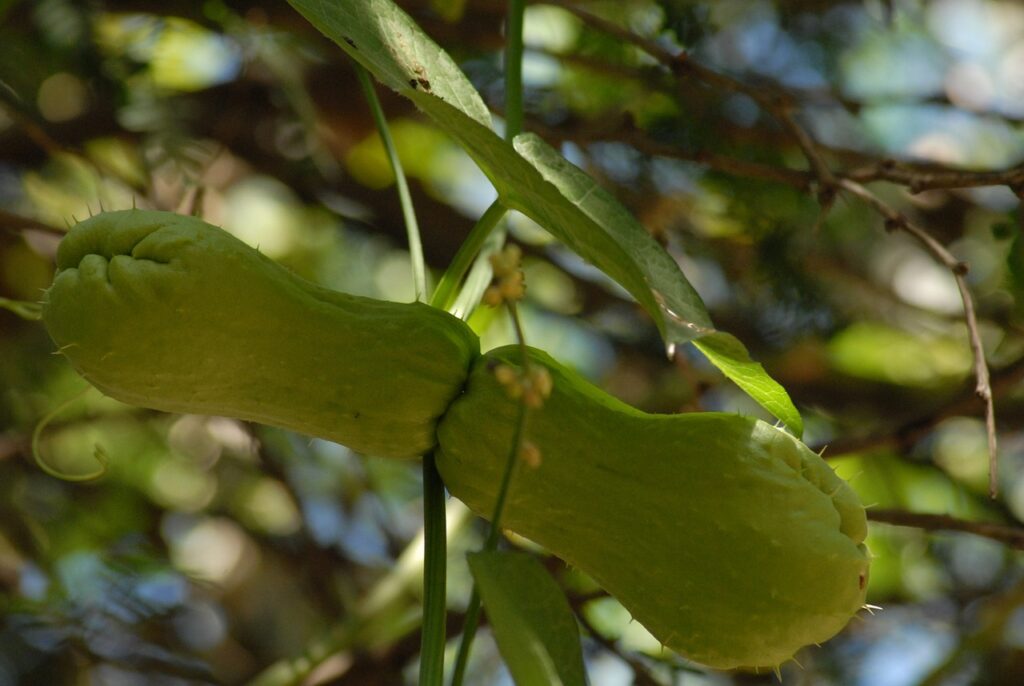
Leafy greens:
Lettuce, spinach, kale, and other leafy greens are excellent choices for vertical vegetable gardening.
Their shallow root systems make them well-suited for growing in hanging baskets or planters stacked vertically.
This setup allows you to maximize limited space while ensuring easy access for harvesting.
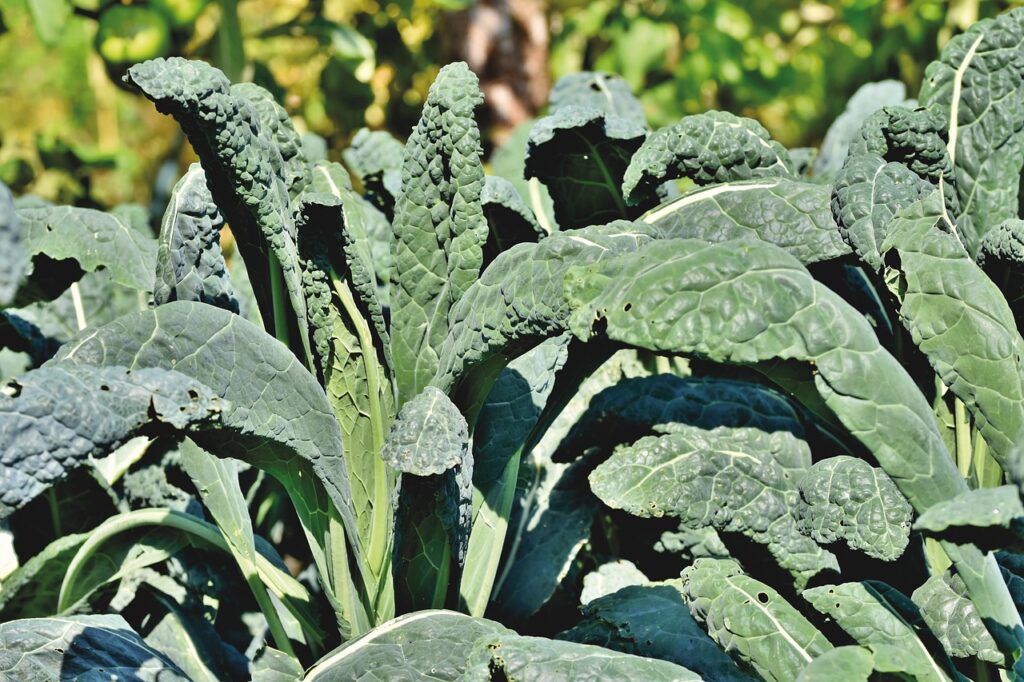
Herbs:
Fresh herbs are a culinary delight, and many varieties, such as basil, cilantro, and parsley, can be grown vertically.
Their compact growth habits and shallow root systems make them ideal candidates for vertical planters or hanging baskets.
Growing herbs vertically not only saves space but also keeps them within easy reach for harvesting.
Strawberries:
While not a vegetable, strawberries are a popular addition to many gardens, and they can thrive in a vertical setup.
By planting them in hanging baskets or vertical planters, their runners can cascade down, creating a visually appealing and space-efficient display.
Additionally, this approach keeps the fruits off the ground, reducing the risk of rot and soil contamination.
